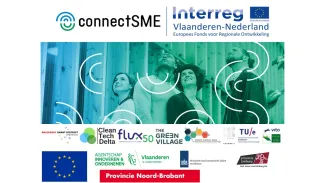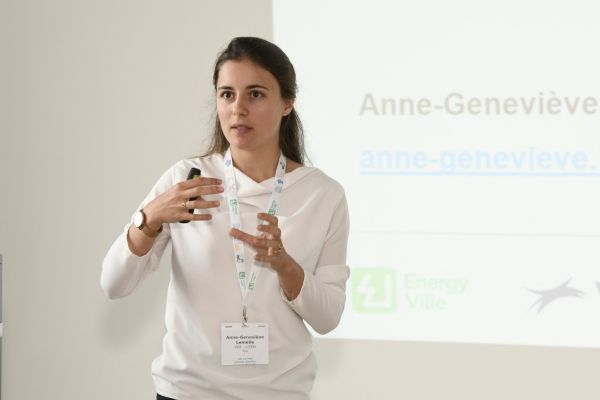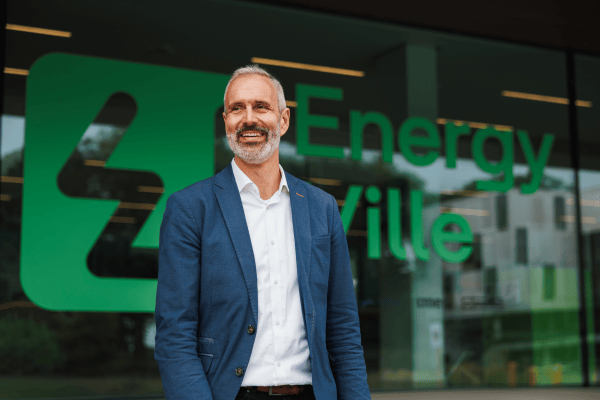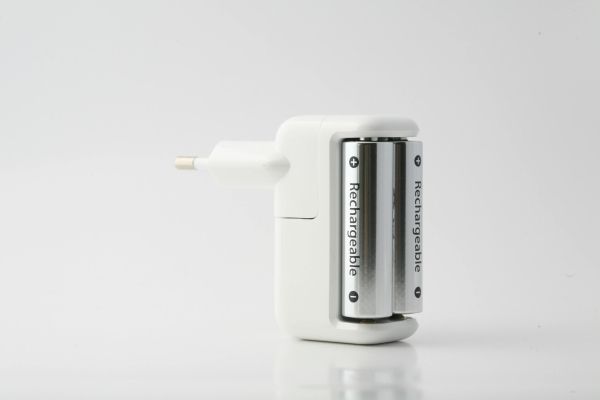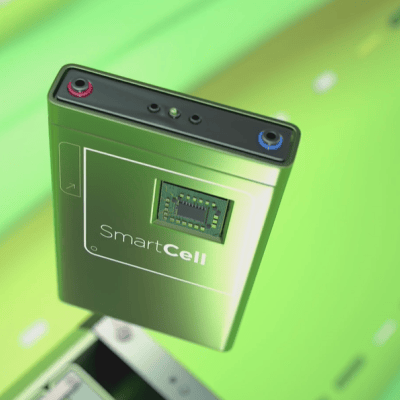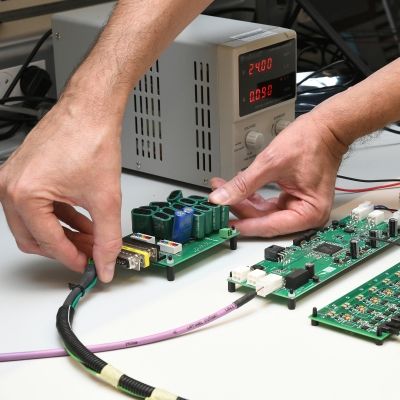Dutch SMEs test smart charging innovations at the Open Thor Living Lab
Thor Park in Genk has turned a bit orange in recent years. SMEs from the Netherlands have tested their innovations around smart charging for electric vehicles and demonstrated them as part of the ConnectSME project. In addition, they benefited from the real life environment of Genk’s ‘living lab’ to further develop their technology and concepts, ultimately to bring them to market. The project arose from the European Interreg programme, which focuses on cross-border collaboration – in this case, between Flanders and the Southern Netherlands region. Flemish SMEs with sustainable innovations were able to visit Dutch testing grounds in turn.
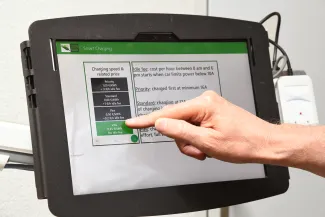
The Open Thor Living Lab was one of the six testing grounds (three Flemish ones and three Dutch ones) in the ConnectSME project. These are innovation hubs where the focus lies upon sustainable development. At VITO/EnergyVille and Genk’s living lab represented by it in ConnectSME, the substantive project focus lay on smart charging for electric vehicles. After all, this is necessary to help the accelerating electrification of the Flemish car fleet run smoothly. Smart (or flexible) charging can avoid the electricity network being overloaded. But the practice also allows for electric cars to start being used as mobile batteries. If they are temporarily out of use, after all, they can direct their stored current to the grid to avoid peak load there – known as vehicle-to-grid, or V2G.
Exquisite test environment
ConnectSME, which ran from autumn 2020 to last summer, was coordinated by the Flemish energy cluster Flux50.
Through this project, among others, Flux50 is aiming for an optimum response to the economic potential relating to innovations in smart energy applications, including smart charging. And activity is buzzing around this topic, especially among SMEs. Unfortunately, these companies generally don’t have a fully-fledged R&D department to develop and test out their ideas or innovations. A testing ground like the Open Thor Living Lab with support from VITO/EnergyVille can remedy their needs. ‘We have a lot of knowledge and experience around smart charging,’ says Annick Vastiau from VITO/EnergyVille. ‘Moreover, with our living lab, we have a unique testing and demonstration environment, due in part to the various technologies and brands that we use. That way, we can offer companies a wide range of possibilities.’ One major asset of this living lab – certainly for smart charging testing – is the advanced data platform SmarThor. But it is not only the available infrastructure that makes this living lab an exquisite testing environment. Its status as a ‘low-regulation zone’ also contributes to this.
In the ConnectSME project, a total of 28 SMEs from Flanders and the Netherlands received a voucher. Five of those called up VITO/EnergyVille for their energy innovation. Vastiau: ‘The five Dutch SMEs were first given a voucher worth 10 000 euros for a feasibility study. With this first voucher, we looked at the energy technology, and the ability to test and demonstrate it further at the Open Thor Living Lab. For two of the five companies, the timing of these next steps exceeded the term of the project, meaning it remained just a feasibility study for them.’ The three other SMEs received a second voucher worth 40,000 euros to have their technology or service implemented on the smart charging island at the Open Thor Living Lab, enabling them to test and demonstrate them. .
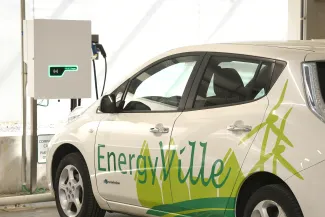
One island and two charging stations
At One2Charge, a firm from Dordrecht, this involved installing central payment functionality on the charging island with intelligent control of charging points and integration in an energy management system. While it sounds complex, in fact what it amounts to is that the driver of an electric car knows exactly where they stand if they want to charge their car at a charging facility thanks to this innovation. Before payment, for example, they can indicate how much energy they need, how long the charging session can last for and how much the charge should cost. Just like at a petrol station, you can choose not to fill up your whole tank every time, to save on time or cost.
Zonnova from Tilburg is researching how shared cars (for example, cars in a company’s pool) can be used as mobile batteries to optimise energy management on a site. VITO/EnergyVille expanded the smart charging field at Thor Park with a V2G charging station and tested several specific cases where V2G supports a number of services behind the meter in the second voucher phase.
Lastly, PIA Automation from Tholen is developing an underground charging station – the StreetPlug – which could be useful in historic city centres, for example, because it does not disturb the street scene. The charging station was integrated into VITO/EnergyVille’s smart charging platform and then tested.
It was quite difficult for ConnectSME to launch during the corona period. ‘We could deal with the feasibility studies to a certain degree in the first voucher phase through online meetings,’ says Vastiau. ‘But it certainly wasn’t ideal for the companies that they couldn’t visit the testing ground.’
The advantage of a testing ground like the Open Thor Living Lab is that both knowledge (at VITO/EnergyVille) and infrastructure are present. ‘The companies demonstrating at the Open Thor Living Lab benefit from the fact that we’re actually a collaboration between various knowledge organisations, meaning an expert can always be consulted for any additional questions.’ Finally, Vastiau would like add that companies wanting to test energy innovations are always be welcome at the Open Thor Living Lab.
